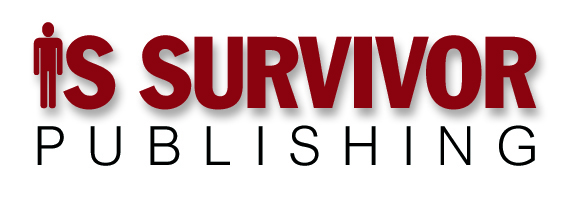Bitcoin is the new Beanie Baby.
In case you’re too young to remember, in the early 1990s Beanie Babies were the new tulips. Which were, as documented in Charles MacKay’s Extraordinary Popular Delusions and the Madness of Crowds, (1972) an early example of something that only grows in value because people believe it will grow in value, and whose value vanishes as soon as skepticism sets in.
There are those who see no difference between Bitcoin as a currency and dollars as a currency in this respect. In both cases, the theory notion goes, the value of one currency unit is nothing more than a consensus among all who hold the currency as to its value when compared to other currencies.
Not that it has anything to do with keeping your joint running, and not that I’m a trained economist (perish the thought!); in this the Bitcoin enthusiasts are misguided. Because in the end, the value of a dollar is derived from the U.S. GDP, just as the value of a share of a company’s stock is, in the long run, tied to its profitability and balance sheet.
Put slightly differently dollars and other currencies have an entire national economy behind them. Bitcoin is backed by enthusiasts telling each other it has value. The name for this is the “Greater Fool Theory,” which states that Bitcoin, Beanie Babies, tulip bulbs, and the IPOs of companies that have utterly preposterous business models are all solid investments with excellent profit-making potential, so long as you can find a greater fool to take your investment off your hands before the bubble bursts.
In, just in case this isn’t obvious, my awesomely humble opinion.
Which has what to do with running IT?
In my awesomely humble opinion, it has a lot to do with enterprise technical architecture management, because every application, platform, and chunk of infrastructure you purchase or license is, in a very real sense, an investment in your company’s business. To the frequent regret of your technical experts, the best technology isn’t always the best investment.
The analogy is imperfect. In the case of Bitcoin the issue is that loss of belief will result in the collapse of Bitcoin’s exchange rate with other currencies. In the case of a technology you’ve invested in, you have no interest in reselling it. Your risk is loss of support.
This is especially true for new technologies developed by venture-funded startups. But it’s also true for established players, some of whom have been known to abandon customers when a product they thought was promising just didn’t quite pan out.
Here’s where Bitcoin and Beanie Babies come in. Belief … industry mindshare that translates to you and your peers being confident the provider will succeed … determines whether the product is an early-stage success, and is, as a result, supported.
And support isn’t merely the ability to call in technical expertise when needed to make the product do what you need it to do. Support also means distributing patches when someone finds a security hold; being able to install and run on updated operating systems; adding new features and functionality as the marketplace for the product and its competitors becomes increasingly sophisticated.
Even more important, support means you can hire top-notch talent to work with the technology.
Example: According to iDatalabs 167 businesses still rely on IMS, IBM’s ancient hierarchical DBMS. IMS still works. IBM still supports it enough that it will continue to work next year.
Try recruiting an IMS DBA and see what kind of talent shows up. And no, I’m not talking about the average applicant age. I’m talking about the average applicant’s level of sophistication and initiative. It’s doubtful someone who’s excited about working with IMS has even mastered relational data design. That puts them two conceptual generations behind what’s now possible, stuck in a hierarchical data design mindset in an era of post-relational NoSQL technologies.
So the Bitcoin analogy is imperfect: Those who develop and sell new IT products start out with Bitcoin value dynamics, where all that floats the product’s longevity is belief the product will have longevity.
But unlike Bitcoin and its advocates, IT startups have an intense focus on having the equivalent of an economy backing them, which in their case means either revenue and profits, or acquisition.
If I haven’t convinced you, a suggestion: Buy copies of The Moral Hazard of Lime Daiquiris (Bob Lewis and Dave Kaiser 2013).
The smart money predicts this will become a high-value collectible item. You’ll easily quintuple your investment.
Or at least get a few chuckles out of the deal.
